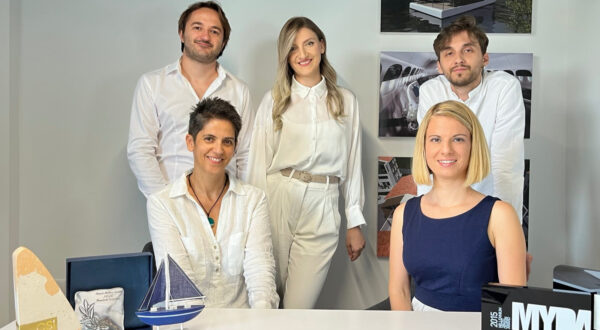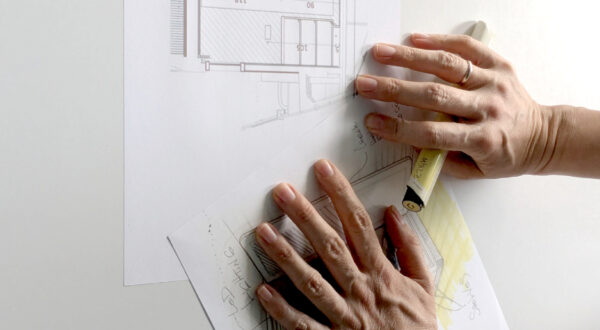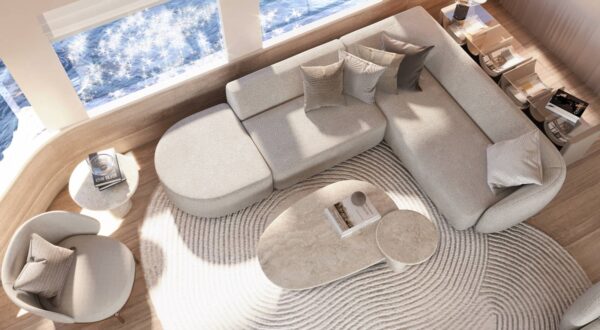The success of a project depends primarily on the quality of communication with the client. We have already mentioned that design is actually a two-way process. In this text, we will explain all project development phases in more detail.
Understanding the project
Our job starts after the initial conversation with clients. Through dialogue, we reach an understanding of the style they prefer and the best possible solutions we can provide for them. This is when we define the type of project we are working on, whether it is a complete project ready for construction, a renovation project, a concept design, or something completely different. On the basis of these conclusions, we make the mood board of the project, a collage with a wide array of ideas that influence the further development of the design. The mood board helps us free our creativity, whether to defuse it or to focus on a specific aspect. It also motivates our clients to find what they like in the sea of choice. This can be a folder with inspirational photos, shapes, colors, and materials that clients like. After that, we organize a brainstorming session in our studio. We then decide which direction to follow in the future and which approach to take with the design.
We define our plan through a design brief that we give to our clients for review, to make sure that we understand each other. Comments and suggestions from our clients are more than welcome at this stage. We start drawing only when we get their approval.
The Basic Layout Development
As designers, we find it extremely important to create a functional space.
Initially, we draw it in two dimensions, taking care that space correlates to the user’s ergonomics. In interior design, just like in yacht design, the ergonomy of space implies a design adapted to the human body and its movements.
In the two-dimensional drawings, colors, as well as decorative finishes, are not included, as these design elements are present in a 3D model. Before we start with the next phase of the project, we meet with clients and present the drawing. In this meeting, we are trying to present in detail the function of the object and the way it will be used in the future. If we are not able to meet “face to face” with clients, we will organize the meeting in the way that suits them best.
Visualizations and the 3rd Dimension
After all this, we start working on a 3D model. The model is based on the existing drawing, mood board, and a series of illustrations that analyze the project. These visualizations help the clients understand the looks and the potential of the future space. Only after our clients confirm that they like the project, we move on to developing the technical drawings. The final drawings will be used on the construction site.
It is important to note that these processes are not exclusive and carved in stone. Our design services also include a range of potential changes, with their number defined by clients at the very beginning of our cooperation. Also, if we realize that there are better solutions (or if we get some new ideas), we can always return and update the 2D basis. In other words, when it comes to the appearance and function of the object, our clients always have the final say. They are always free to express their opinions after examining our solutions.
Finding the Final Cost
The budget issue is, by all means, inevitable.
The final cost of our services depends on a number of factors including the deadline, the predicted amount of work, the number of changes and the client budget. Based on these factors, we are able to calculate the exact cost, so that our clients know exactly how much they will spend and exactly what they get in return.
We also offer the service of creating a precise plan and work schedule. This document provides an insight into how much the realization of the project will cost them. Thanks to this file it is possible to foresee all costs, masterwork, the order of their performance, and all potential adjustments that will reduce future costs.
Of course, we do not decide on this alone, but in agreement with our clients. We strongly believe that the success of a project depends on mutual trust, and that is the principle that we will always adhere to.







